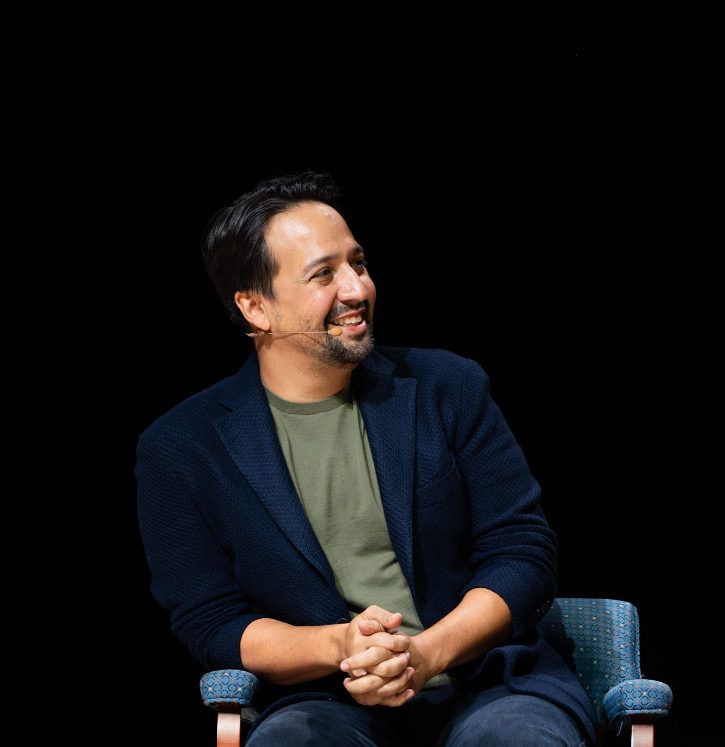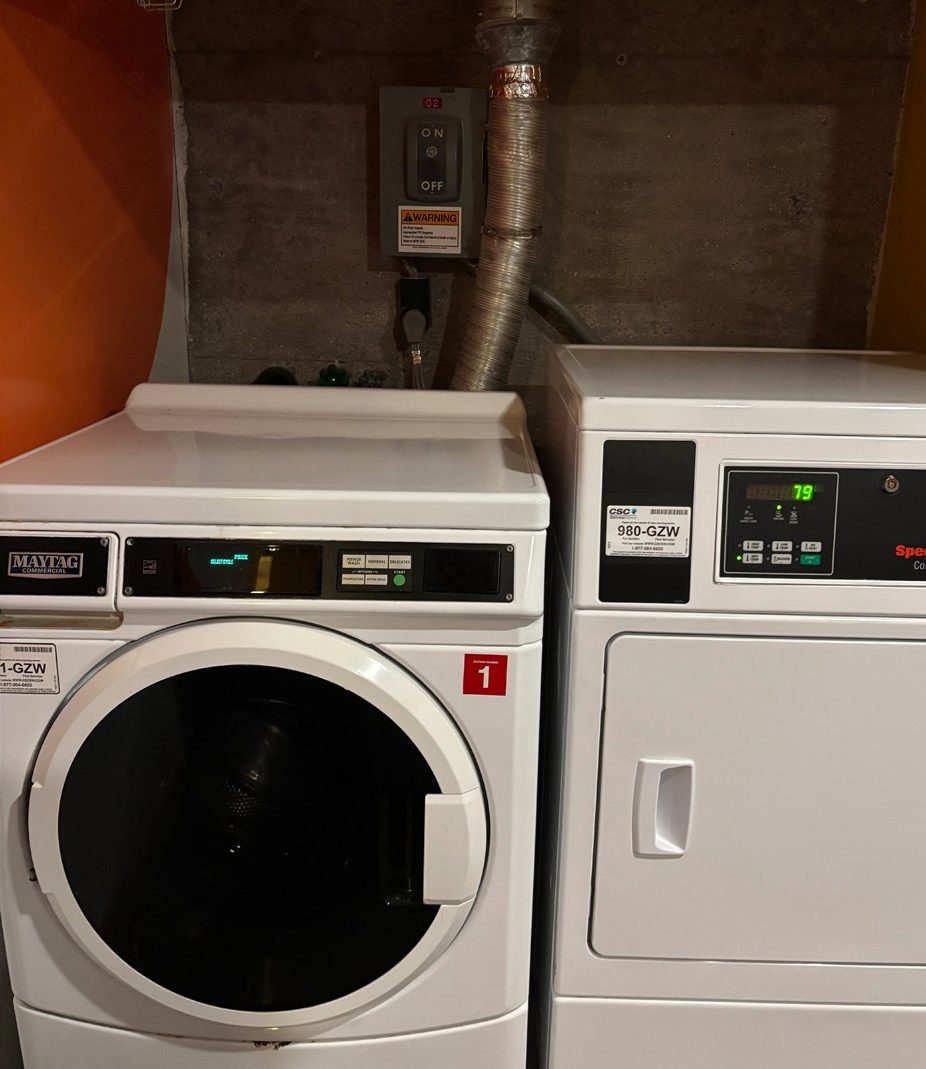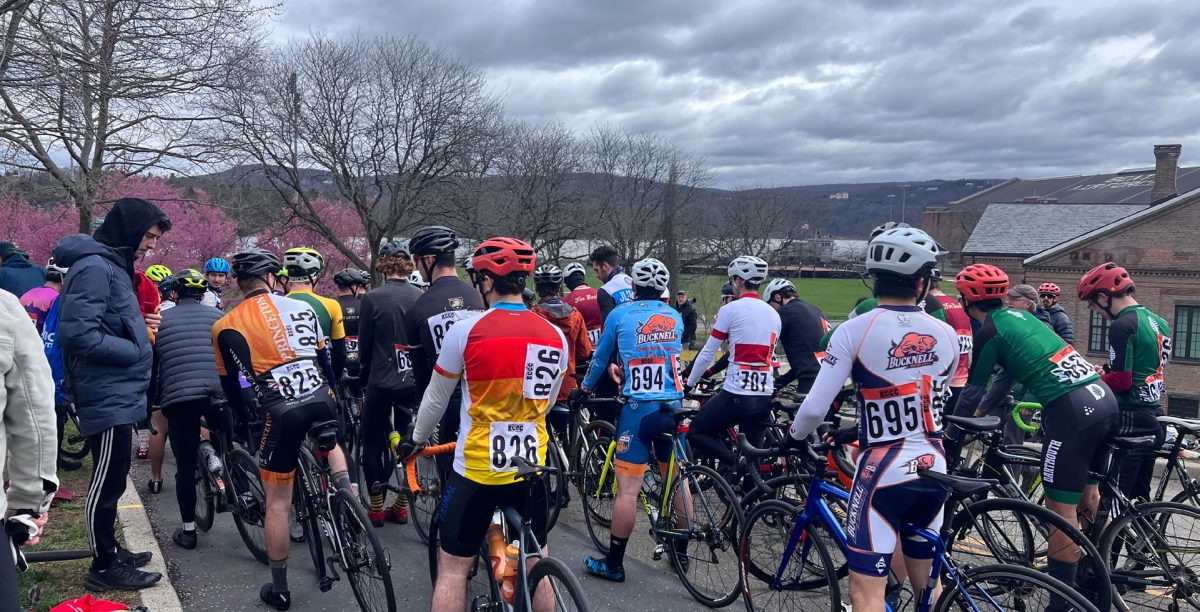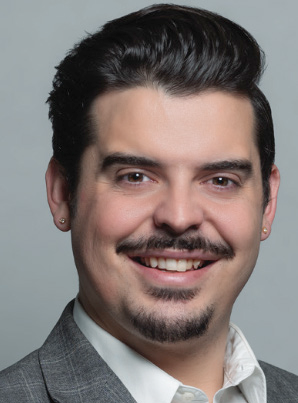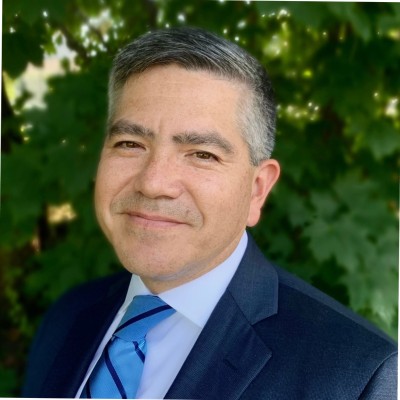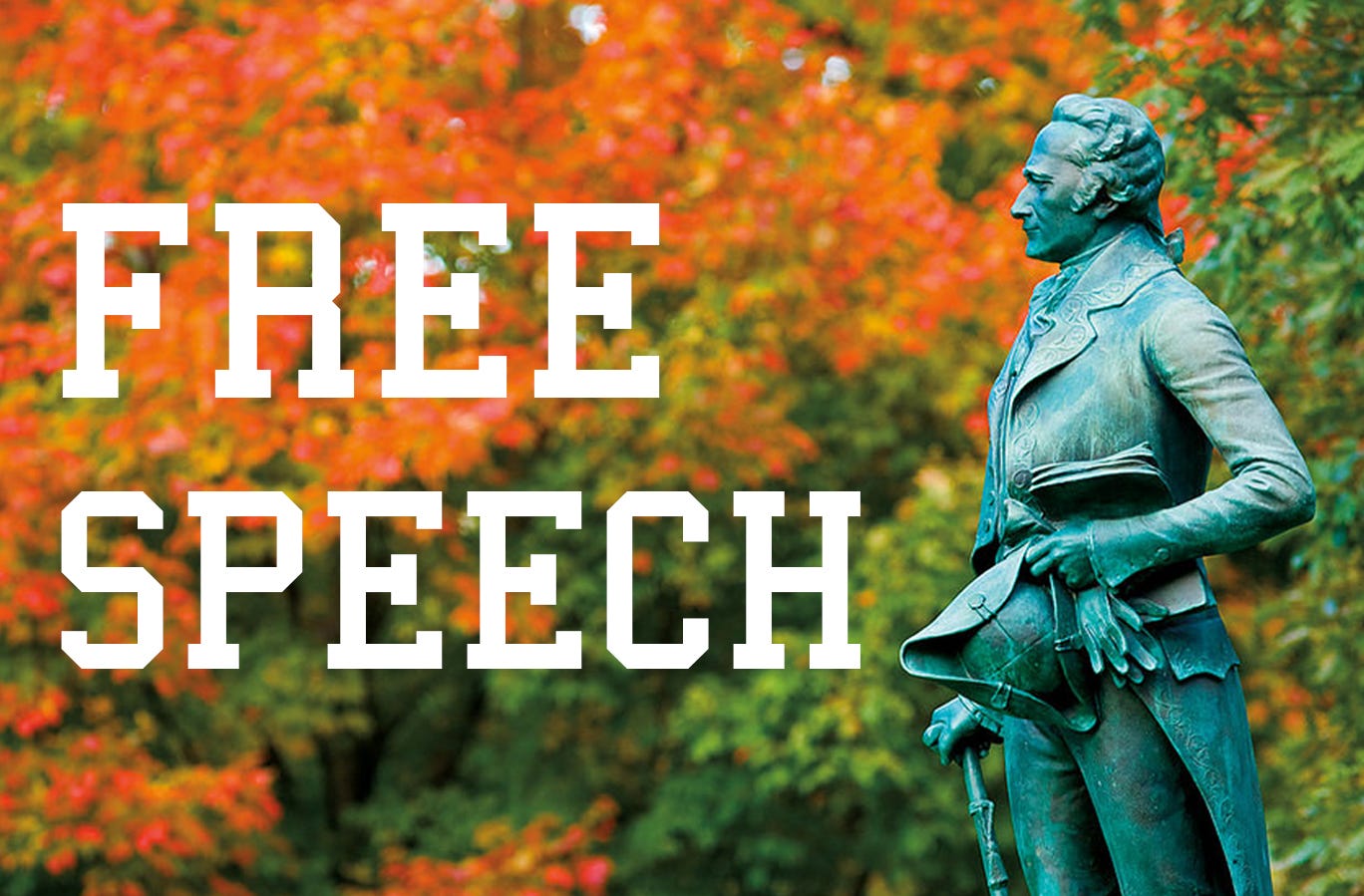
O
ver the past few years, college campuses have morphed into battlegrounds for the seemingly never-ending free speech “wars.” Throughout this chaos, Hamilton has remained relatively immune, as speakers have neither been shut down nor physically intimidated. Regardless, following President Wippman’s reassertion of his commitment to free speech — and the inauguration of the Common Ground series —
The Spectator
opted to poll the student body on these issues.
Beginning on Nov. 1 and remaining open until Nov. 7, the survey, which was repeatedly emailed to the entire student body, received a total of 268 responses; no questions were required, meaning that respondents were allowed to skip questions. Alongwithspeci cquestionsandissues,the survey included race and political ideology as demographic measures.
In summary, the survey painted a divergent picture of free speech on campus between those on the left and those on the right.
Political Ideology
In terms of demographic measures, the campus appears to skew leftwards. 100 respondents deemed themselves liberal, while 91 joined them as moderate liberal. On the other hand, 29 identified as ‘moderate conservative, while 13 called themselves conservative. There was also 18 centrists. These political differences reflected similar divergence in later survey responses to free speech issues.

Most notably, campus centrists and conservatives report significantly higher levels of self-censorship than their liberal colleagues. 84% of conservatives indicated that “the political climate on campus prevents them from saying what they believe”; 79% of moderate conservatives and 83% of centrists agreed. On the other hand, only 21% of both moderate liberals and liberals reported self-censorship.
There was a similar divergence in reference to the types of views students believe they should be exposed to. In this case, 100% of conservatives, 100% of moderate conservatives, and 72% of centrists concurred with the statement that “Hamilton should expose students to all types of viewpoints even if they are offensive or biased against certain groups.” 70% of moderate liberals concurred. Full-fledged liberals, however, demonstrated a significantly lower level of support for exposure to such viewpoints; only 38% agreed with the statement.

Furthermore, differing political ideology served as a predictor for differing views on Hamilton’s “responsibility to bring an equal number of speakers from across the political spectrum.” Those on the right supported such a potential initiative, with 92% of conservatives and 100% of moderate conservatives agreeing with the posited statement. Interestingly, however, 93% of moderate liberals concurred as well. Centrists were split, with 50% believing in Hamilton’s prerogative to ensure an equal time-type regulation. Liberals, however, were antagonistic to such a proposal, with only 36% indicating a support for equal representations.
Racial Identification
Much like the campus as a whole, respondents to this survey were majority- white. Specifically, 203 respondents deemed themselves Caucasian/White, 19 identified as Asian, 17 as Hispanic/Latinx, and 10 as African-American/ Black. 15 identified as Other.
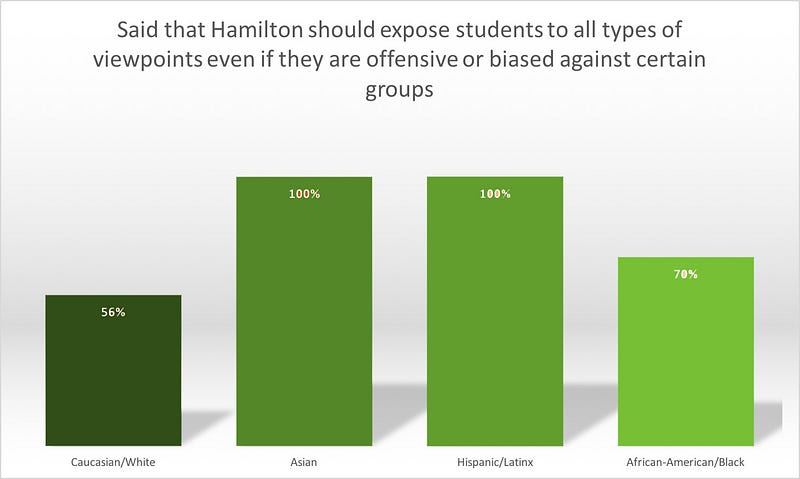
White students were far more intolerant of offensive views than their minority peers. Only 56% of students who identified as white indicated that “Hamilton should expose students to all types of viewpoints even if they are offensive or biased against certain groups.” This number was by far the lowest of all racial groups, followed by students who identified as African-American/Black; 70% of respondents in this community agreed that Hamilton should expose students to offensive ideas. 100% of students who identified as Asian and Hispanic/LatinX concurred with the presence of offensive and biased ideas on campus.
There were similar differences in reference to campus safe spaces as well. 30% of African-American respondents agreed that “Hamilton classrooms should be safe spaces for students”; 32% of Asian respondents concurred. White respondents demonstrated a higher level of support, with 49% supporting safe spaces. Hispanic respondents were the demonstrated the most support of classroom safe spaces, indicated by the 65% of Hispanic respondents who indicated support for the posited statement.
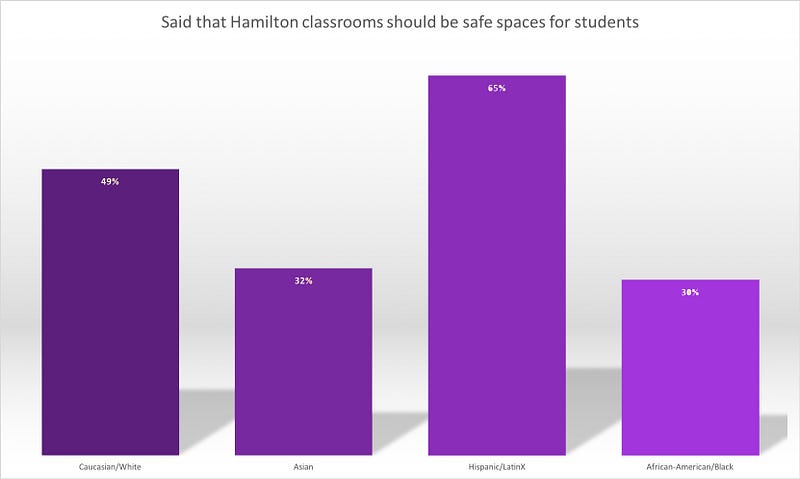
Another particularly notable result came in reference to Hamilton’s “responsibility to bring an equal number of speakers from across the political spectrum.”
Students from all racial groups were in relative agreement, as 60% of African- American, 68% of Asian respondents, 65% of Hispanic, and 67% of Caucasian students concurred with this statement.
Student Assembly Legislation
In reference to Paul Gottfried’s visit to campus, three students, Gwyn Sise ’19, Phoebe Keyes ’19, and Katherine Barnes ’20, attended an Oct. 30 Student Assembly meeting to propose potential changes to the College’s speaker policy.
Sise, at the meeting , proposed that any “organization not directly affilliated with the College should be required to: get permission from Hamilton College before pursuing bringing the speaker in, get permission from the whole department that this speaker would be lecturing for/in, and have students voice their opinion on whether this speaker should be brought to campus or not.”
In essence, these three students aimed to create a process by which the College could determine which speakers are allowed to visit campus.
As Sise clarified, however, the goal of this students is “not to silence differing opinions on this campus, but rather to prioritize student agency in the classroom and create an environment of discourse.”
Following these students’ proposed third point — student opinion —
The Spectator
included a question to gauge the campus attitude to such a policy. Specifically, we aimed to measure the level to which students support their own agency.
Our statement, to which students responded “True” or “False,” read; “Students should have to approve potential on-campus speakers.” Surprisingly, the majority of respondents rejected such a potential increase of their own agency, as 77% of respondents answered “False.”
Student Body
Hamilton’s campus undoubtedly skews left. In our survey, students were asked, “Which of these political candidates do you most identify with?”; the options included Bernie Sanders, Hillary Clinton, Donald Trump, John Kasich, and Ted Cruz.
Bernie Sanders was the most popular, as 40% of students identified most with him. Hillary Clinton was in a close second, securing the support of 35% of respondents. John Kasich was the clear Republican favorite, coming in third overall support with 15%; Donald Trump came next with 3.7%, while Ted Cruz had the least support — 3.6%. 2.9% of students did not choose any of the presented candidates.
Outside of preferred political candidate, the main issue which split the student body at large was the issue of safe spaces. Students were nearly split down the middle, in fact, with 49.2% agreeing that “Hamilton classrooms should be ‘safe spaces’ for students”; 48.8% disagreed. Students views on offensive speech diverged as well, with 64% agreeing that “Hamilton should expose students to all types of viewpoints, even if they are offensive or biased against certain groups”; 36% disagreed.
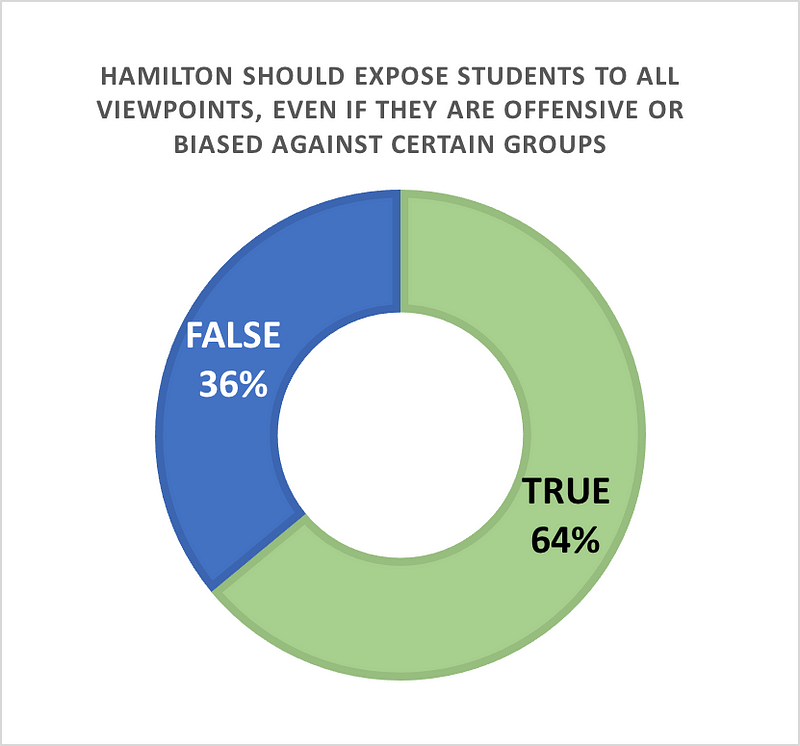
Students, however, had notably different definitions of what qualifies as “offensive.”
The Spectator
provided students with four options, asking respondents to select all they deemed to be offensive. The results are as follows: 80% qualify “homosexuality is a sin” as offensive, 76% qualify “Islam is inherently violent” as offensive, and 67% qualify “women should not fight in military combat roles” as offensive. Only 52% qualified telling a recent immigrant “you speak good English” as offensive. 13% of students found none of these statements offensive.
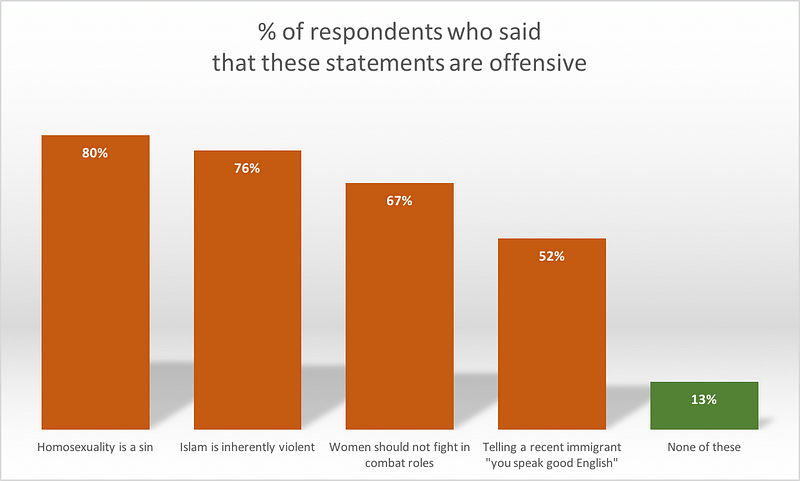
Along with defining offensive speech, we asked students to determine which individuals, with which views, they believe should be allowed to speak on campus. Once again, students were provided with multiple options and asked to select the speakers they believe should be allowed to speak on campus. Speakers with the below-listed views received the percentage of support indicated by the numbers in parentheses: Christianity is backwards (72%), Israel shouldn’t exist (68%), Palestine shouldn’t exist (67%), all white people are racist (65%), Islam is backwards (62%), and the average IQ of whites and Asians is higher than that of African-Americans and Hispanics (49%). Additionally, 16% of respondents indicates that none of these speakers should be allowed on campus.
These results demonstrate a bit of inconsistency, as students are ten percent- age points more willing to hear the views of an anti-Christian than an anti-Islam speaker. This is curious, however, as students did not demonstrate such hypocrisy in reference to Israel and Palestine; only 1% of respondents favored a potential anti-Israel speaker over a potential anti-Palestine speaker.
Summary
While the campus certainly skews left, Hamilton does not appear to be plagued by many of the notorious free speech issues which have promulgated at countless other colleges.
Students are overwhelming in support of free speech, with 96% agreeing that “free speech is a positive thing.” On a similar note, the clear majority of students — 95% — do not believe “it is acceptable to use physical force to silence a speaker who makes ‘offensive and hurtful statements.’”
Although students — across political and racial lines — appear to support free speech, this speech is clearly not unlimited in practice.
In reality, 40% of students indicated that the political climate at Hamilton does in fact prevent them from saying what they believe, either in the classroom or in social situations.
This demonstrates that Hamilton classrooms, and the surrounding community, may be stifling students’ ability to express themselves. This raises the question: why should students, especially conservative students, as indicated by the survey, pay over $240,000 for four years of an education in which they feel the need to self-censor themselves?
Finally, along with the 268 respondents over a week-long period,
The Spectator
received three complaints from students.
These students asserted that questions were either leading, too context-dependent and complicated, or biased. These complaints have been noted and will be addressed in future
Spec
surveys.






